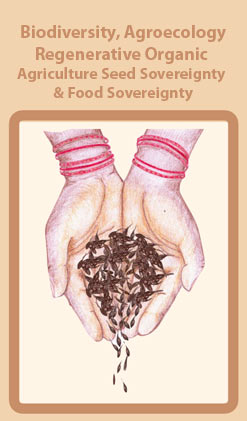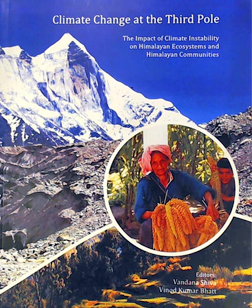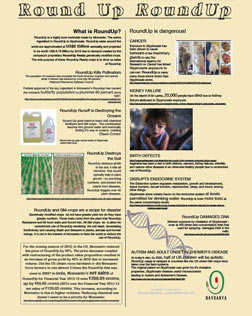American biotechnology has turned Argentina into the world’s third-largest soybean producer, but the chemicals powering the boom aren’t confined to soy and cotton and corn fields. They routinely contaminate homes and classrooms and drinking water. A growing chorus of doctors and scientists is warning that their uncontrolled use could be responsible for the increasing number of health problems turning up in hospitals across the South American nation. In the heart of Argentina’s soybean business, house-to-house surveys of 65,000 people in farming communities found cancer rates two to four times higher than the national average, as well as higher rates of hypothyroidism and chronic respiratory illnesses. Associated Press photographer Natacha Pisarenko spent months documenting the issue in farming communities across Argentina.
Most provinces in Argentina forbid spraying pesticides and other agrochemicals next to homes and schools, with bans ranging in distance from 50 meters to as much as several kilometers from populated areas. The Associated Press found many cases of soybeans planted only a few feet from homes and schools, and of chemicals mixed and loaded onto tractors inside residential neighborhoods. In the last 20 years, agrochemical spraying has increased eightfold in Argentina- from 9 million gallons in 1990 to 84 million gallons today. Glyphosate, the key ingredient in Monsanto’s Round Up products, is used roughly eight to ten times more per acre than in the United States. Yet Argentina doesn’t apply national standards for farm chemicals, leaving rule-making to the provinces and enforcement to the municipalities. The result is a hodgepodge of widely ignored regulations that leave people dangerously exposed.


















